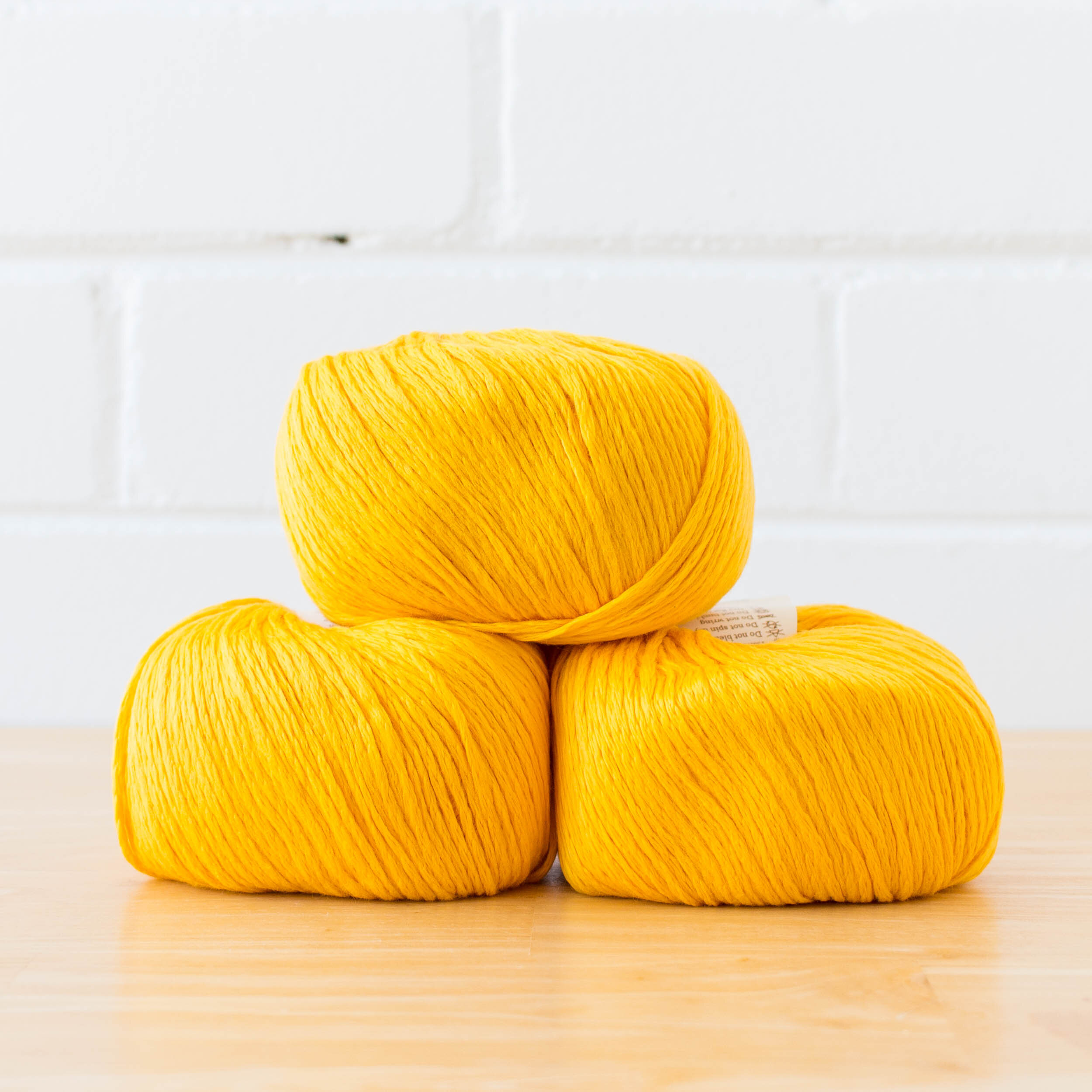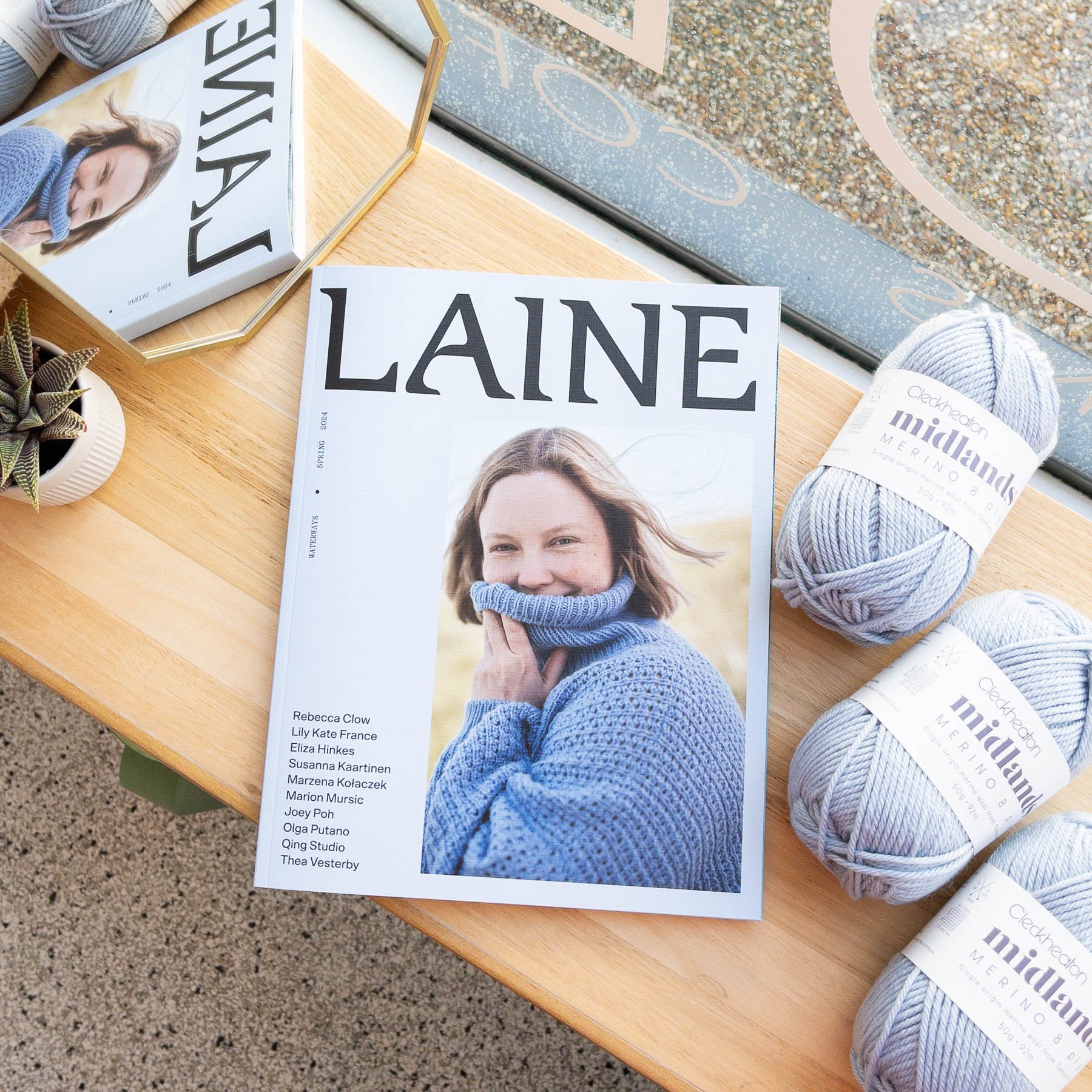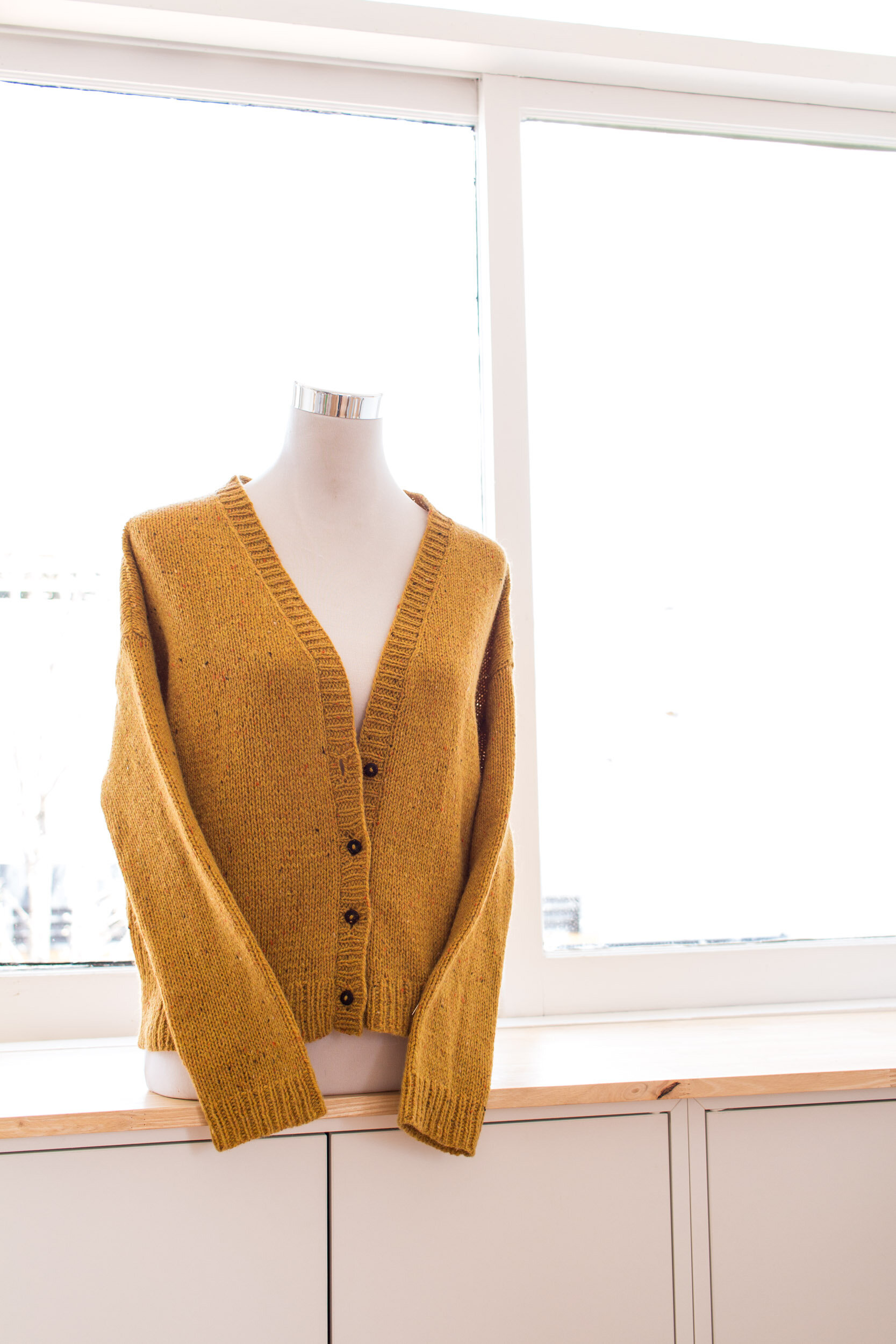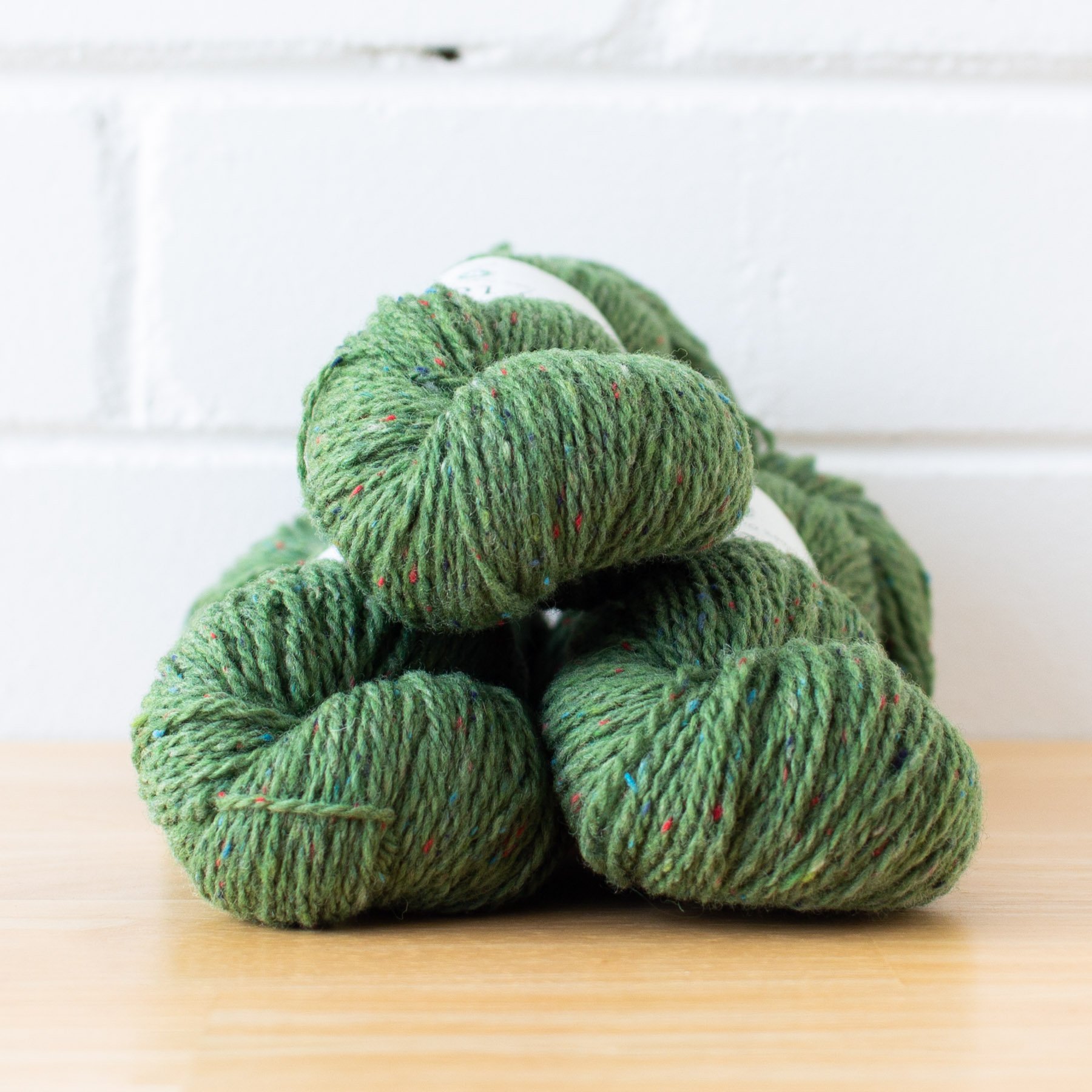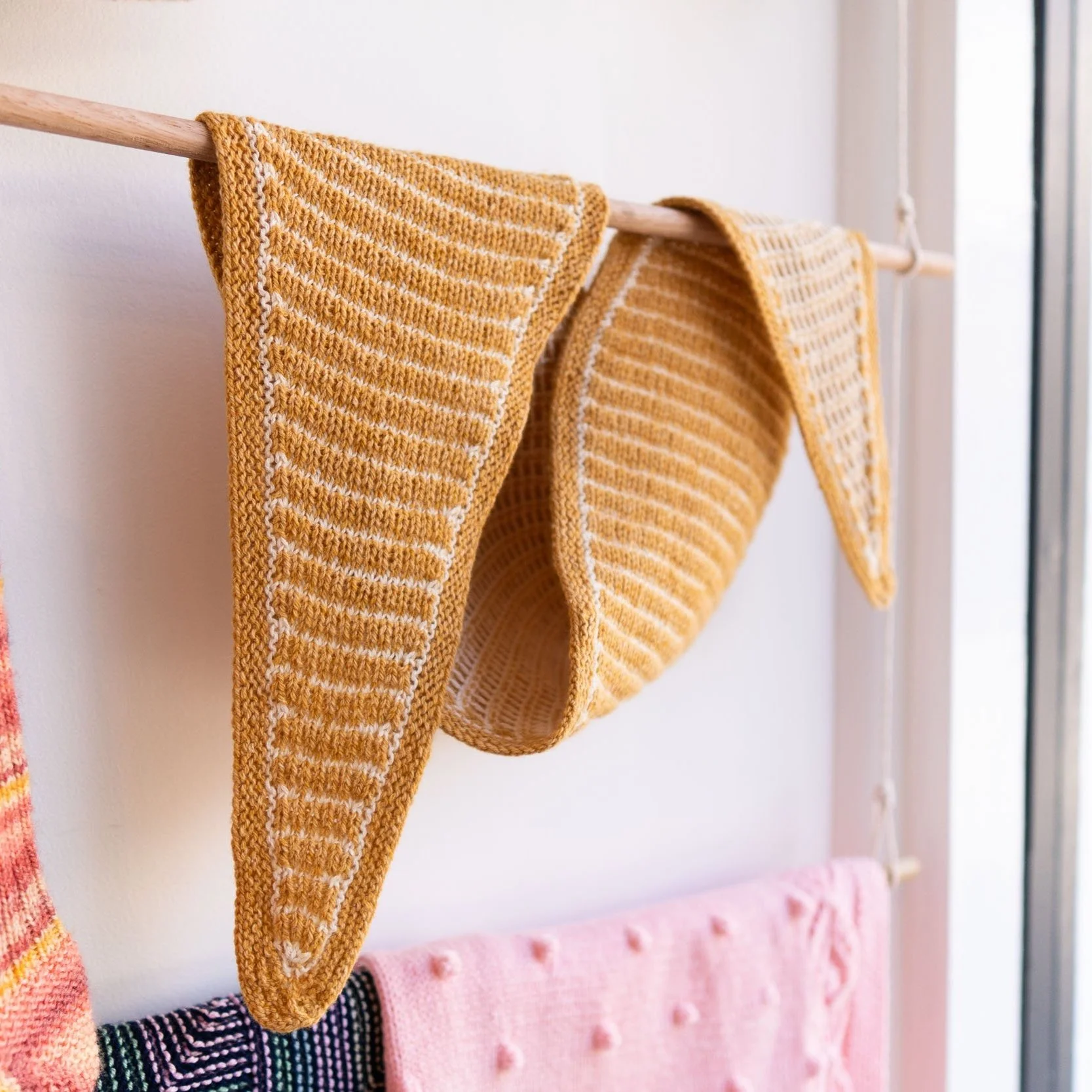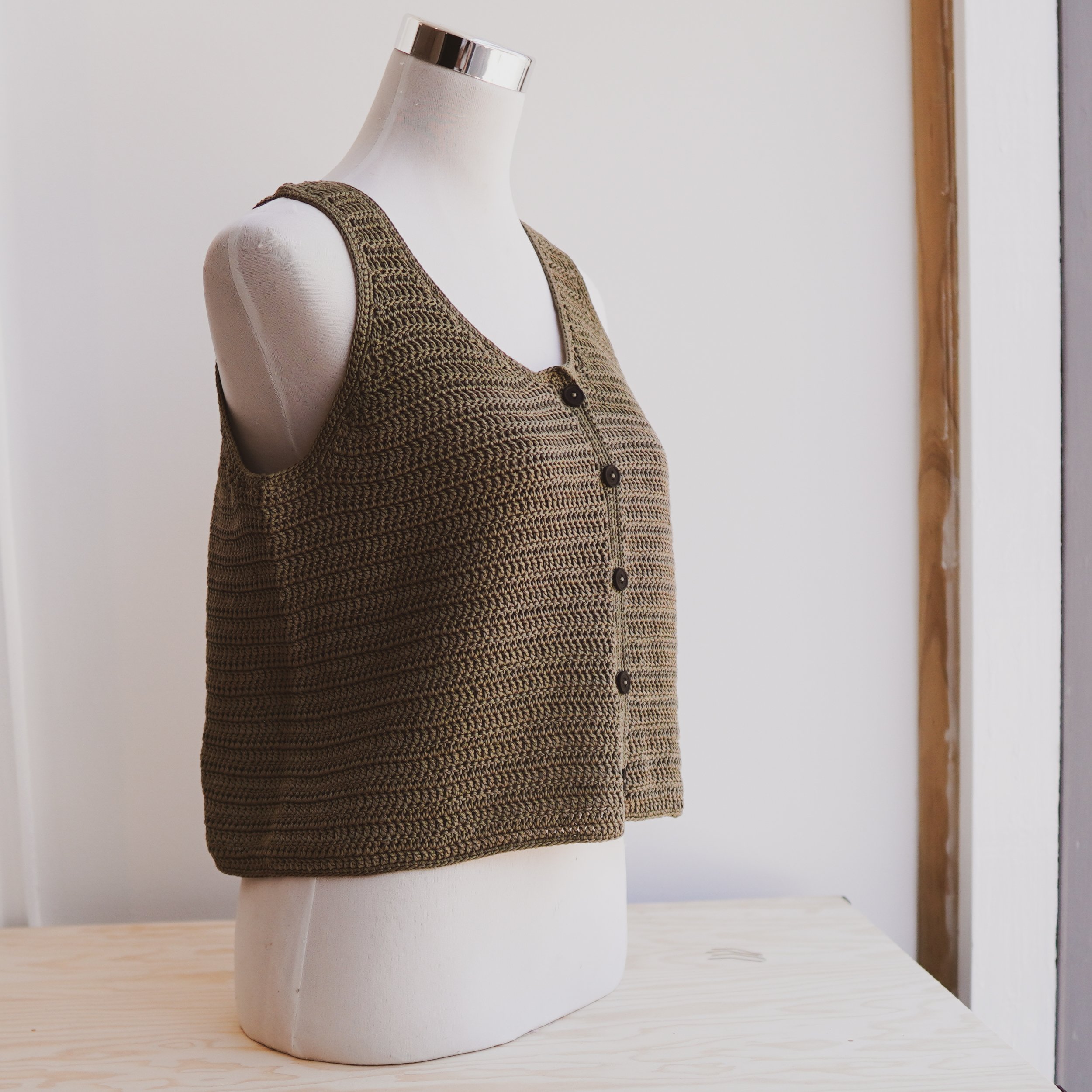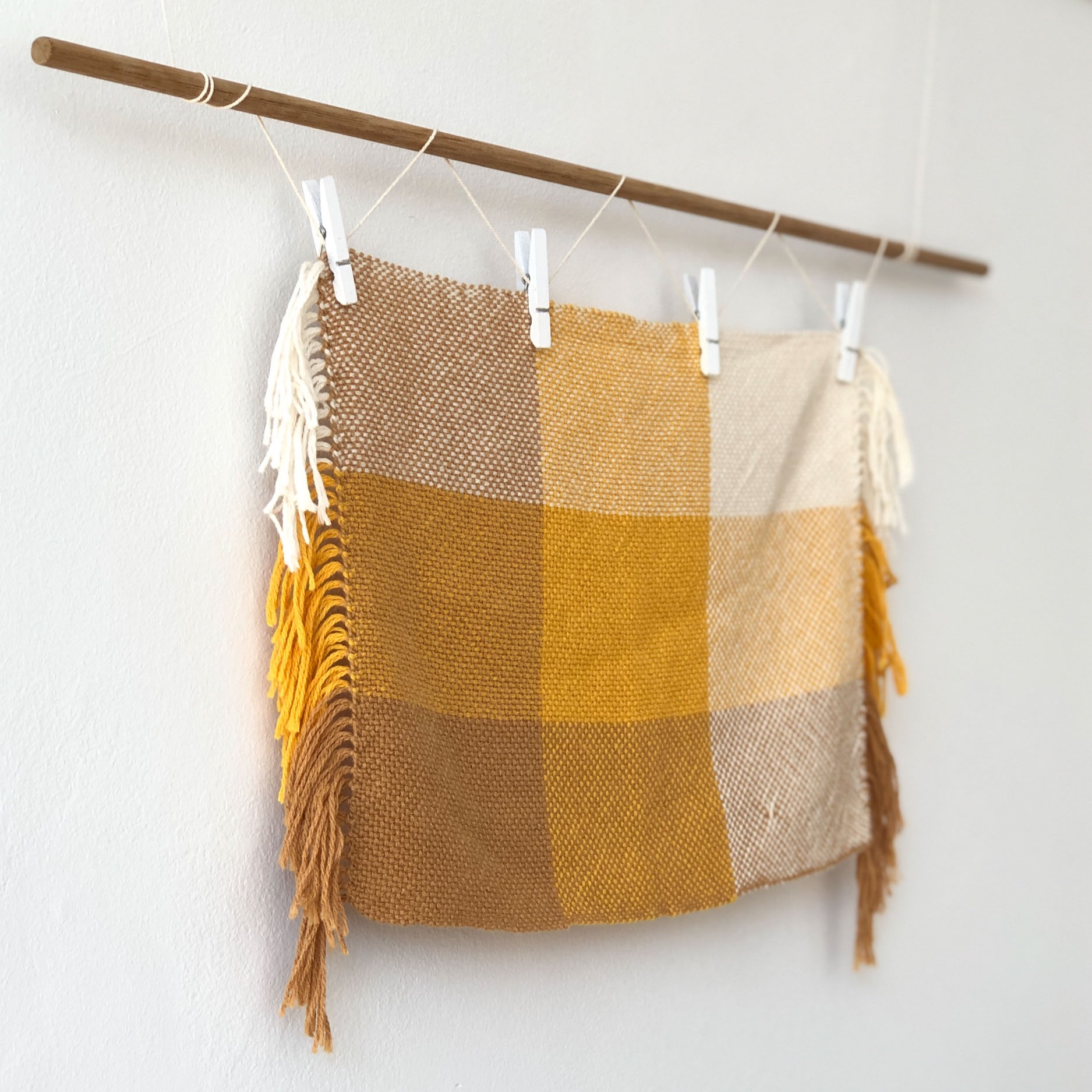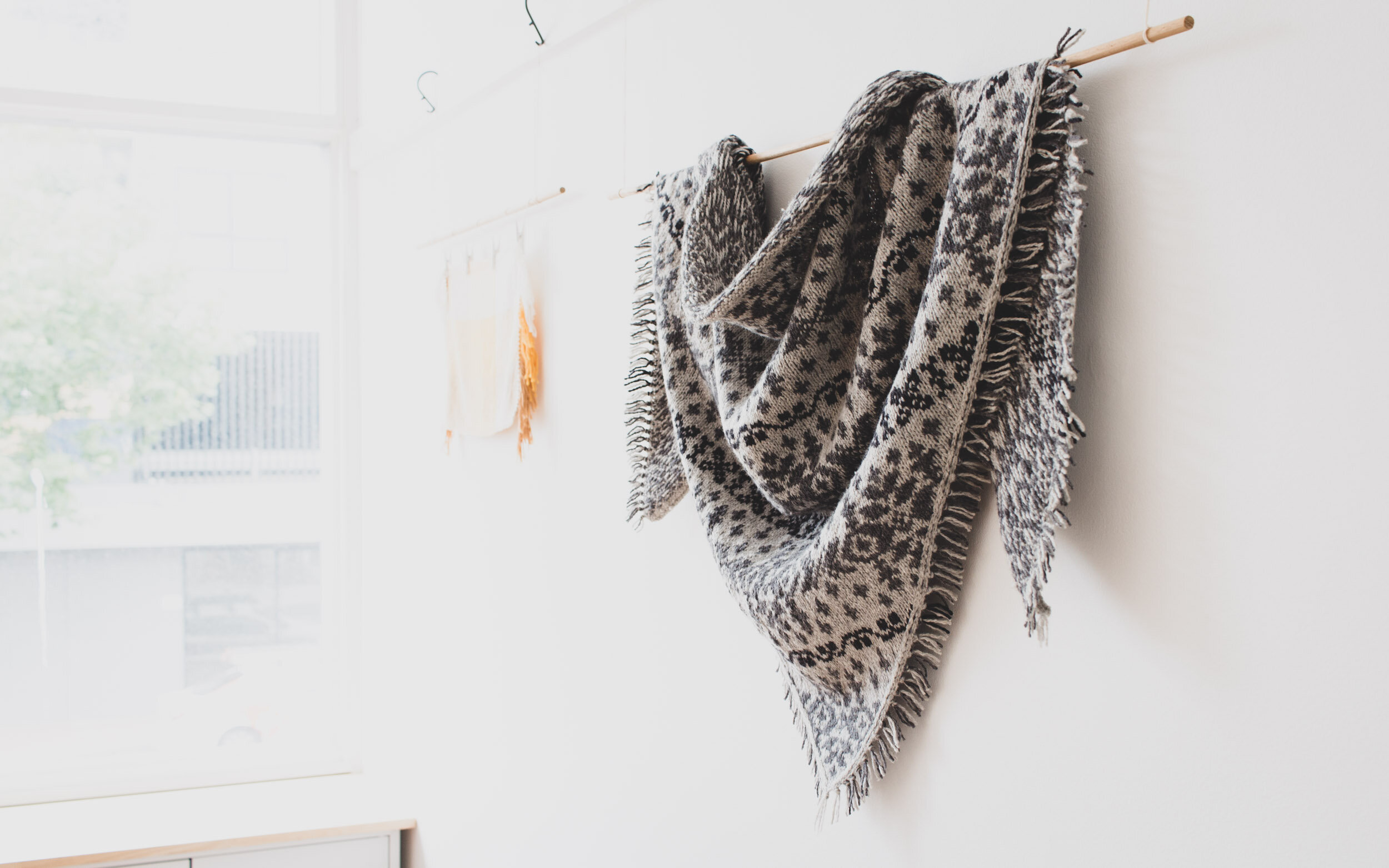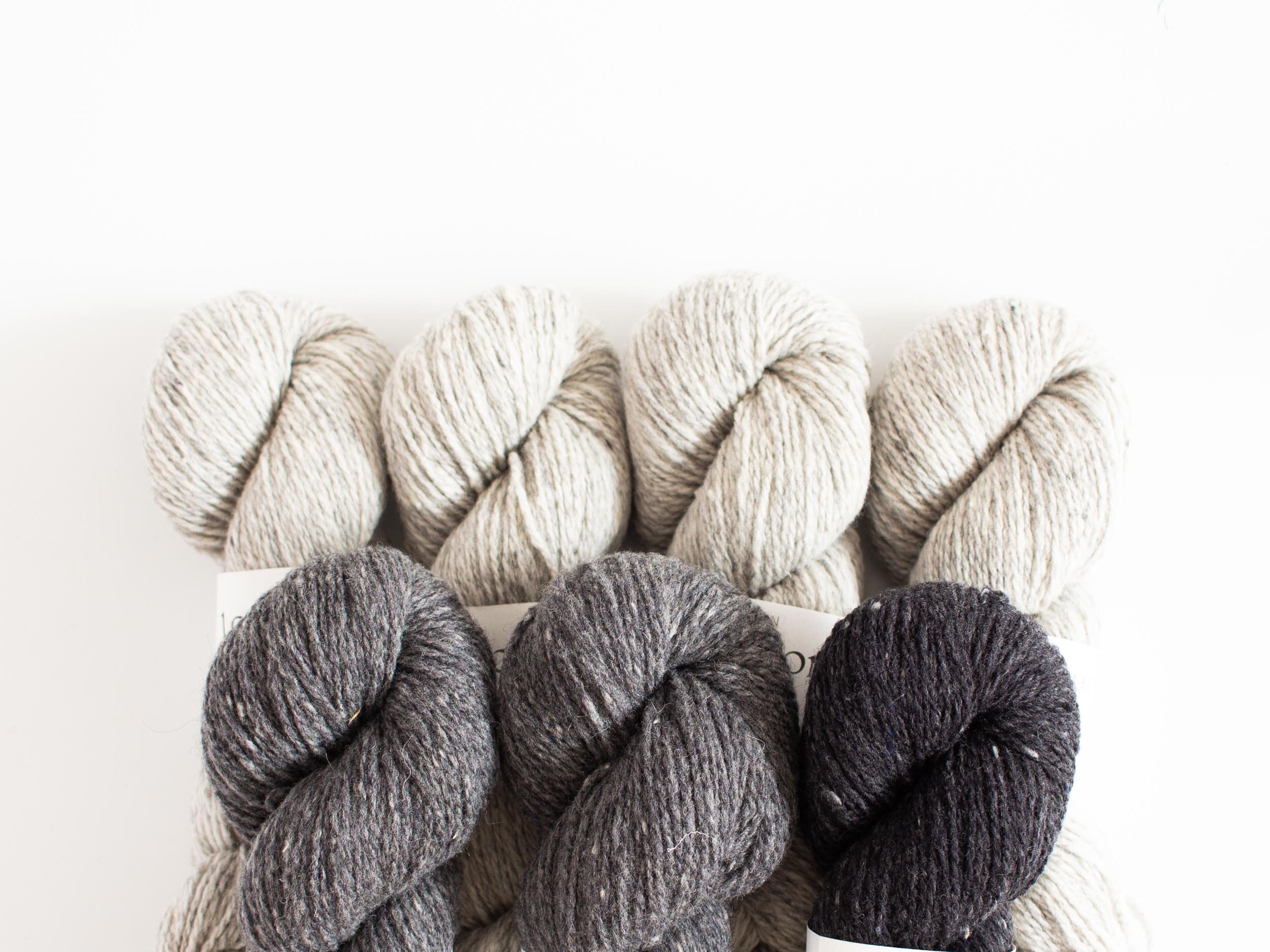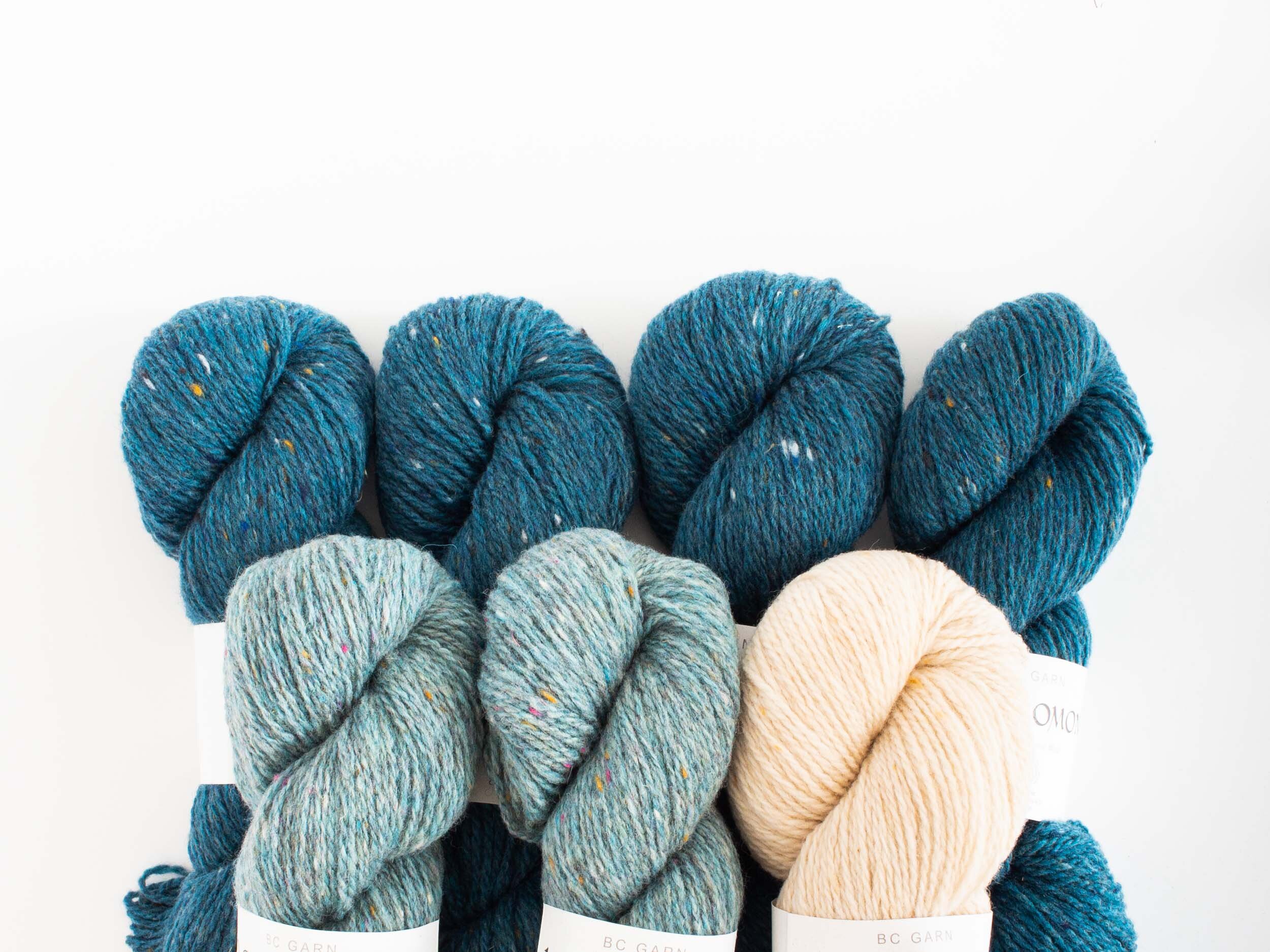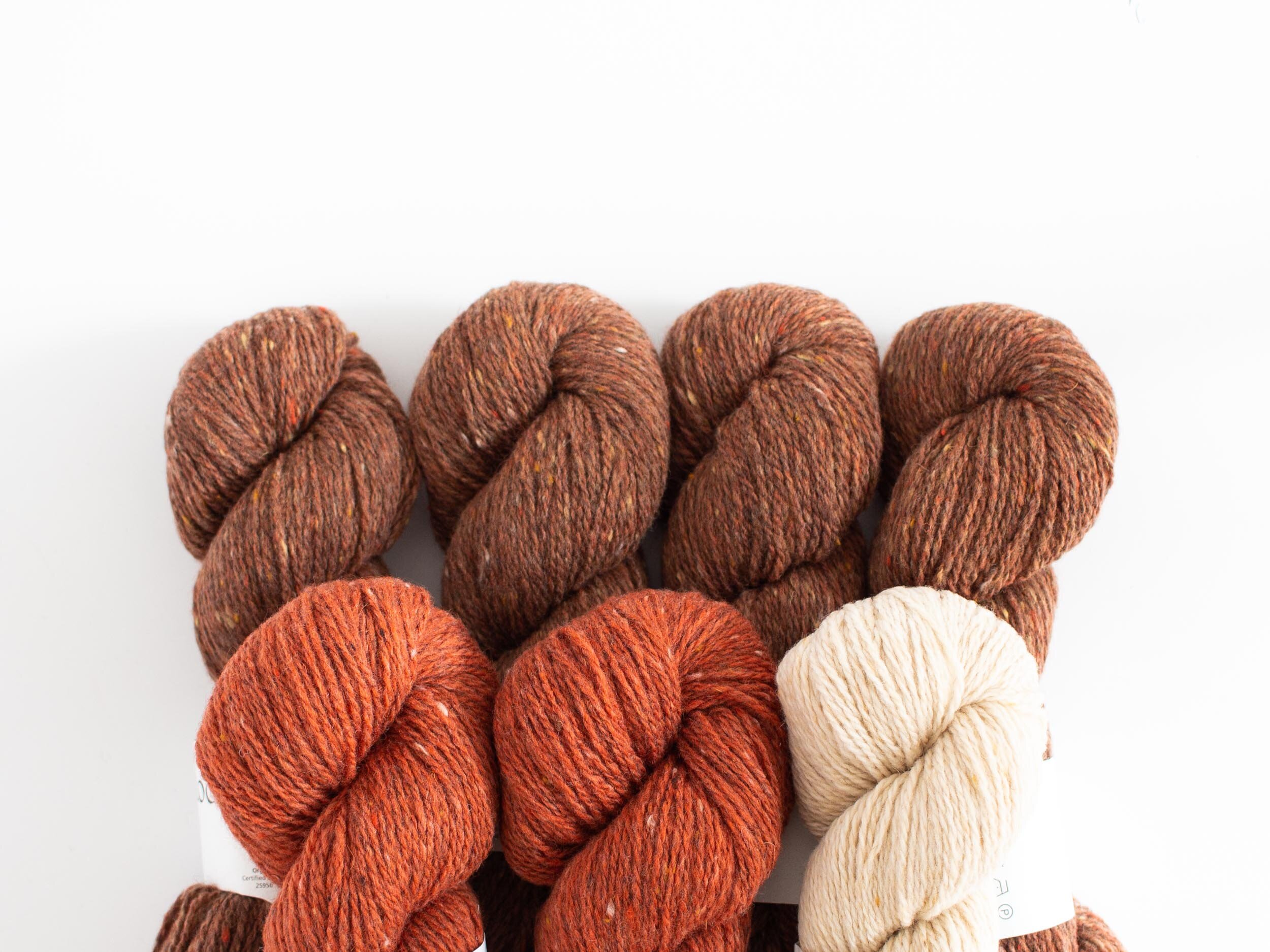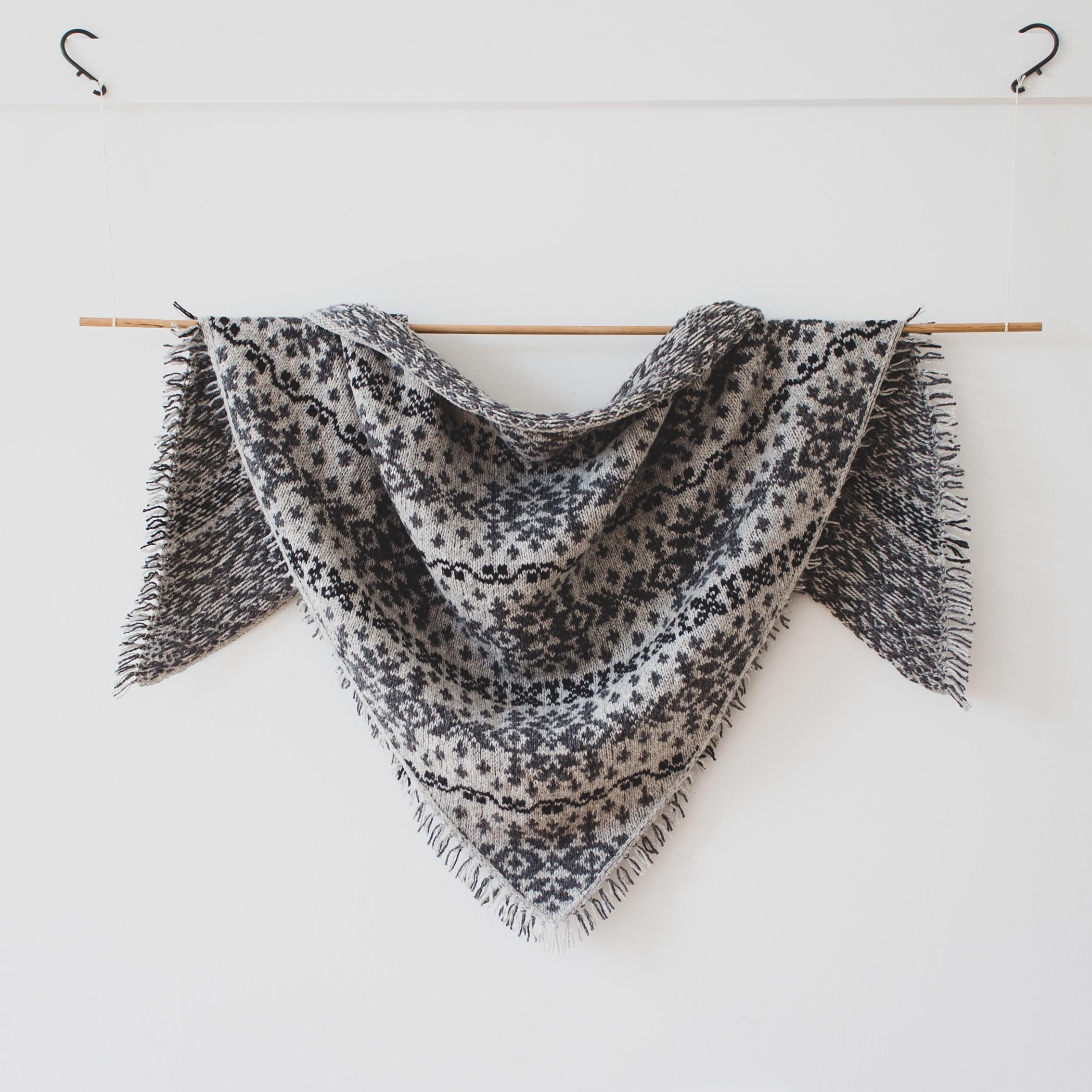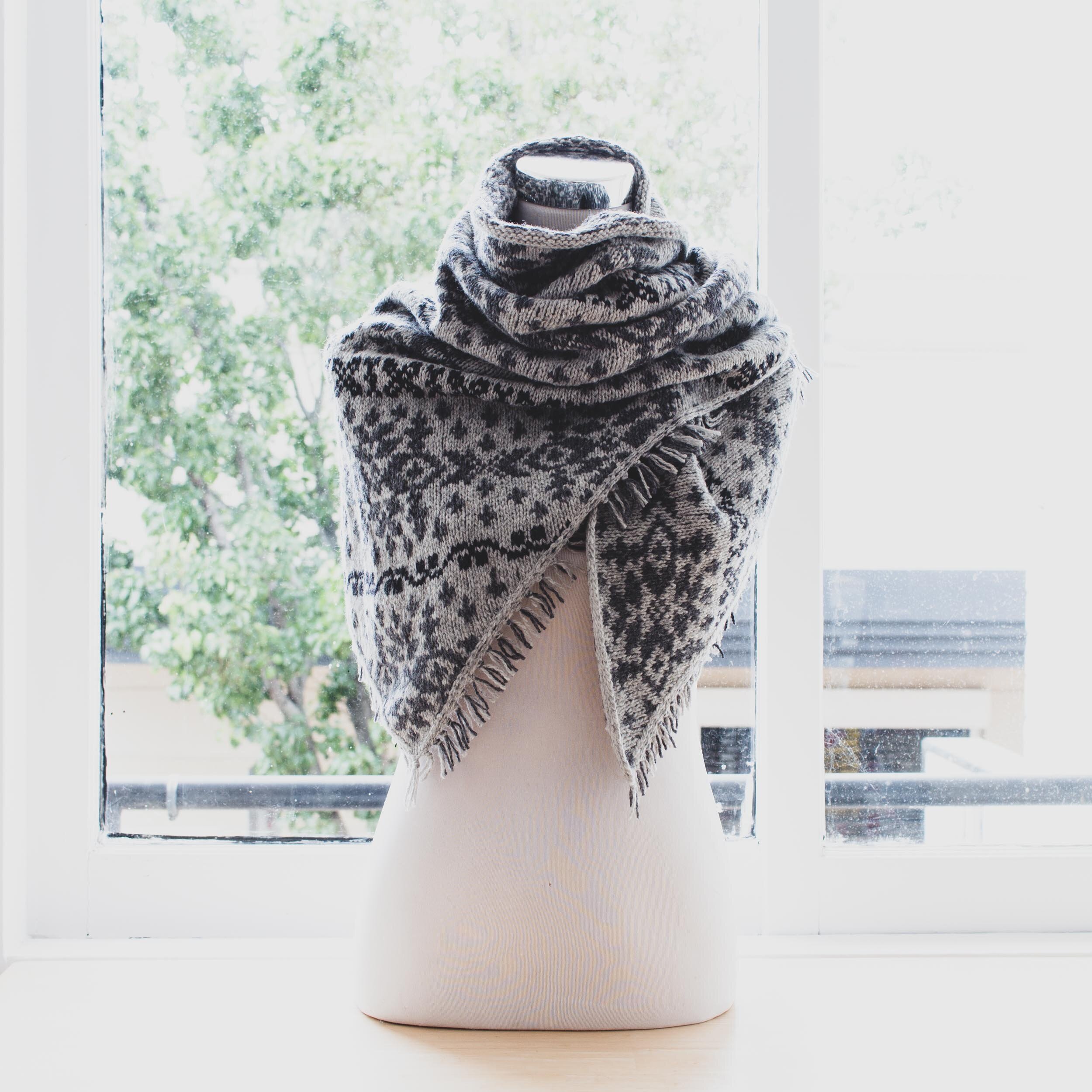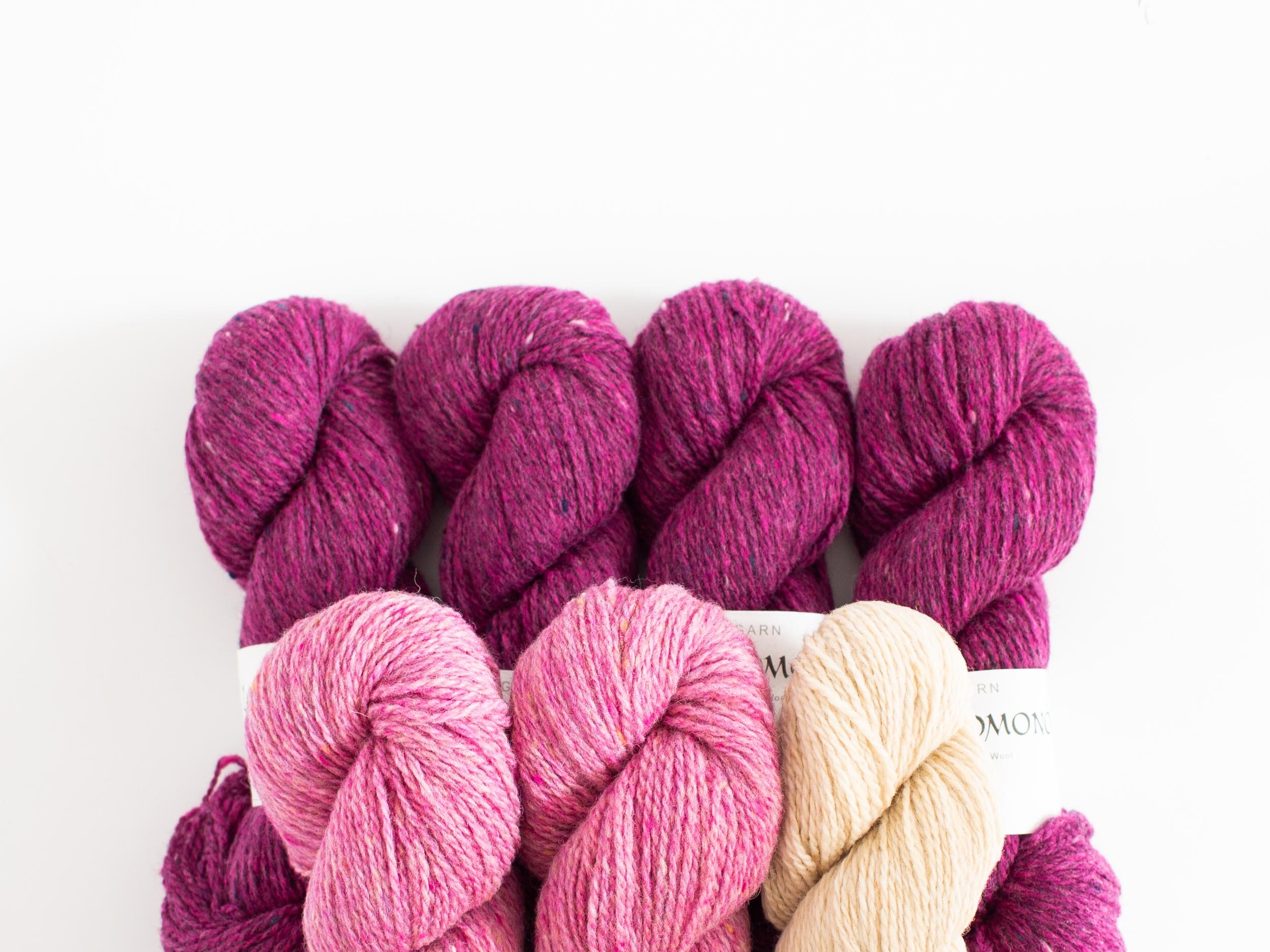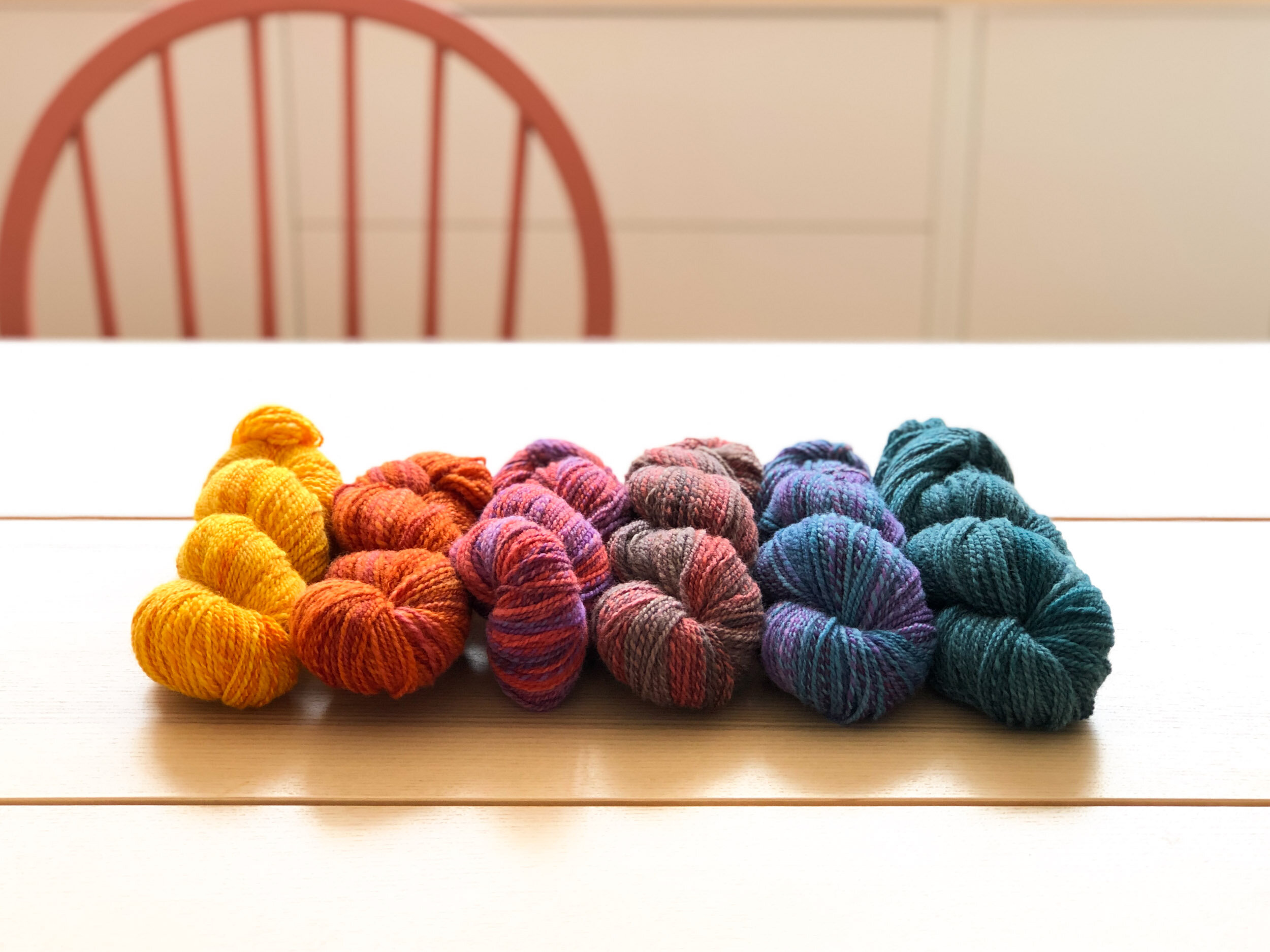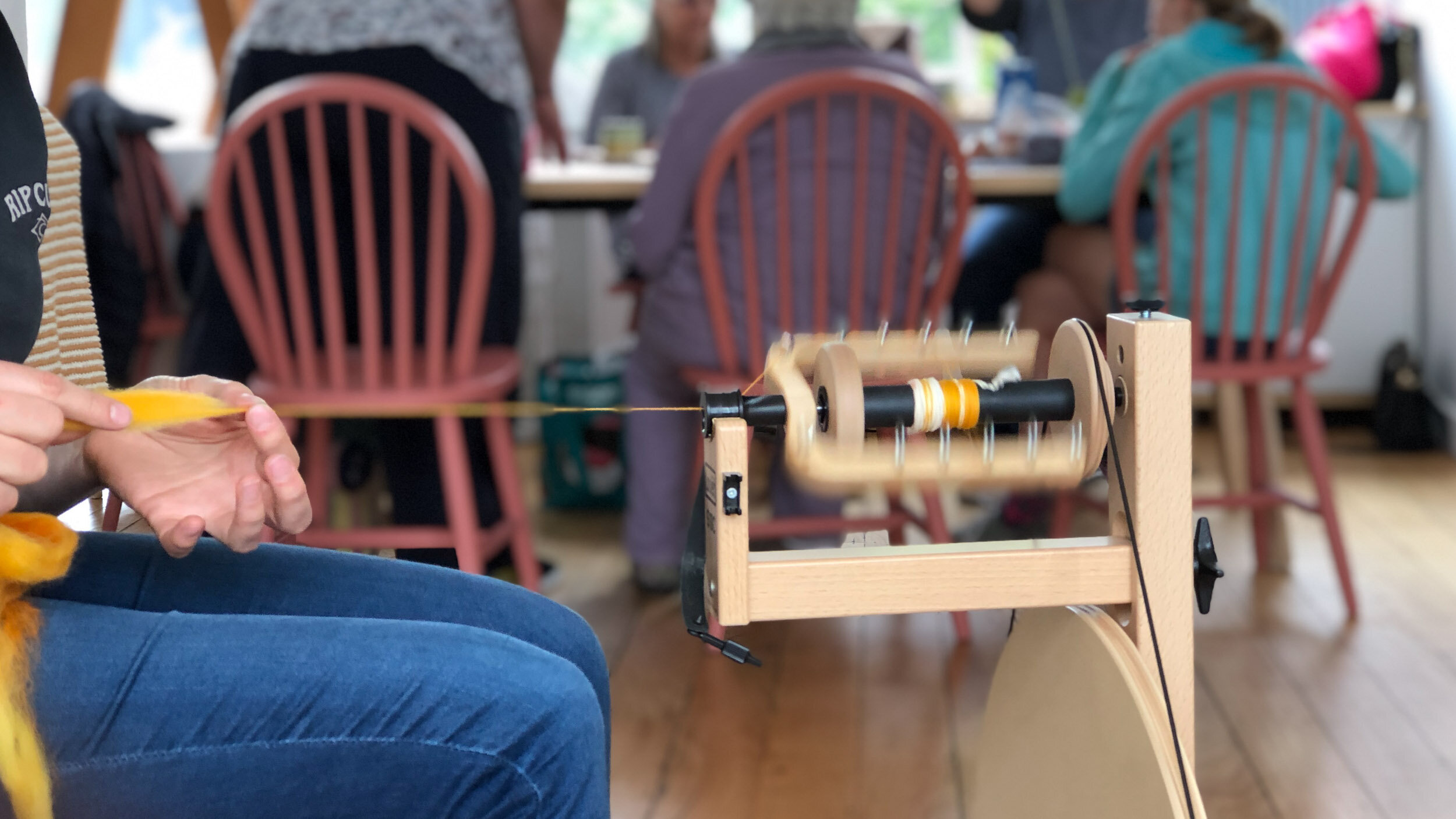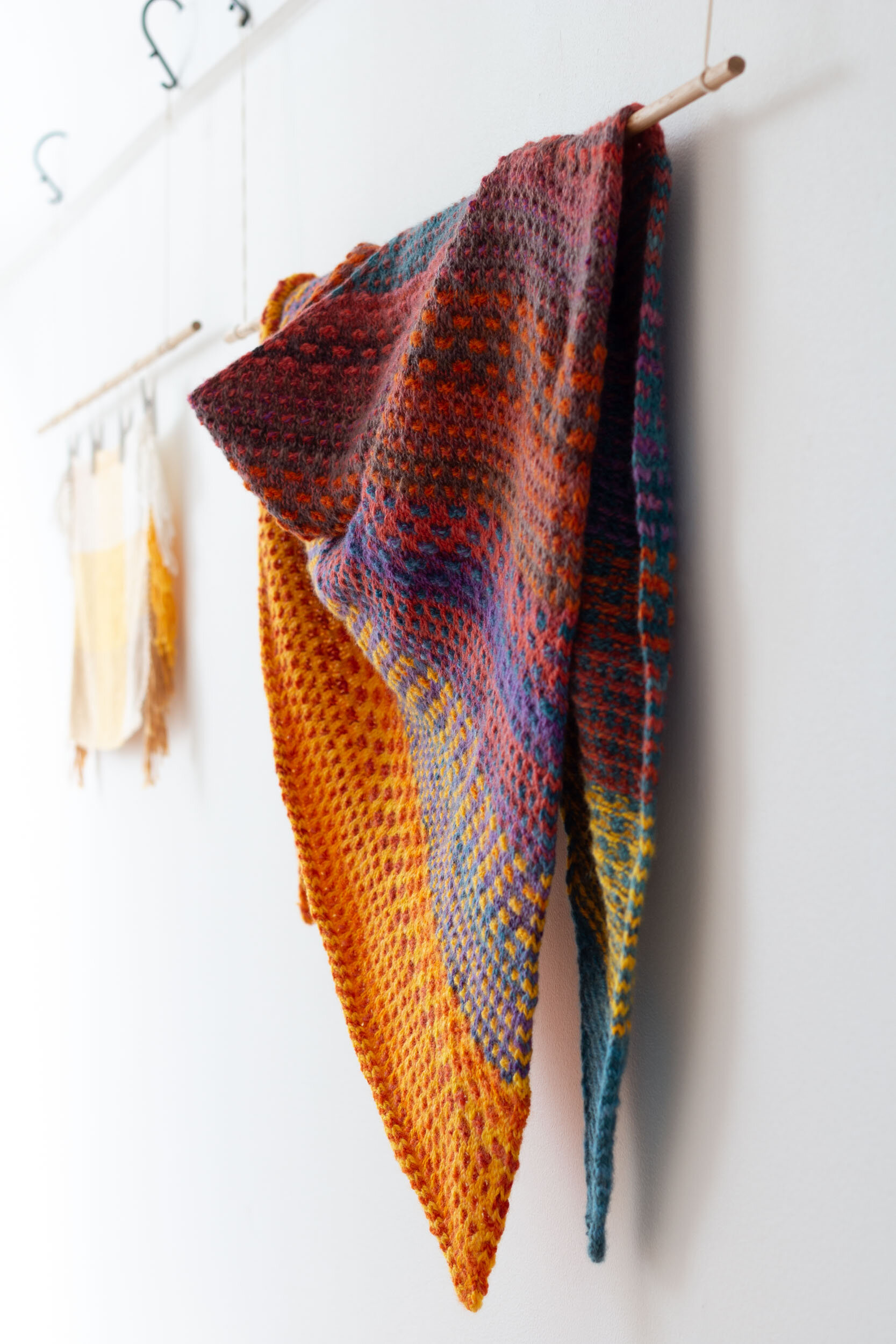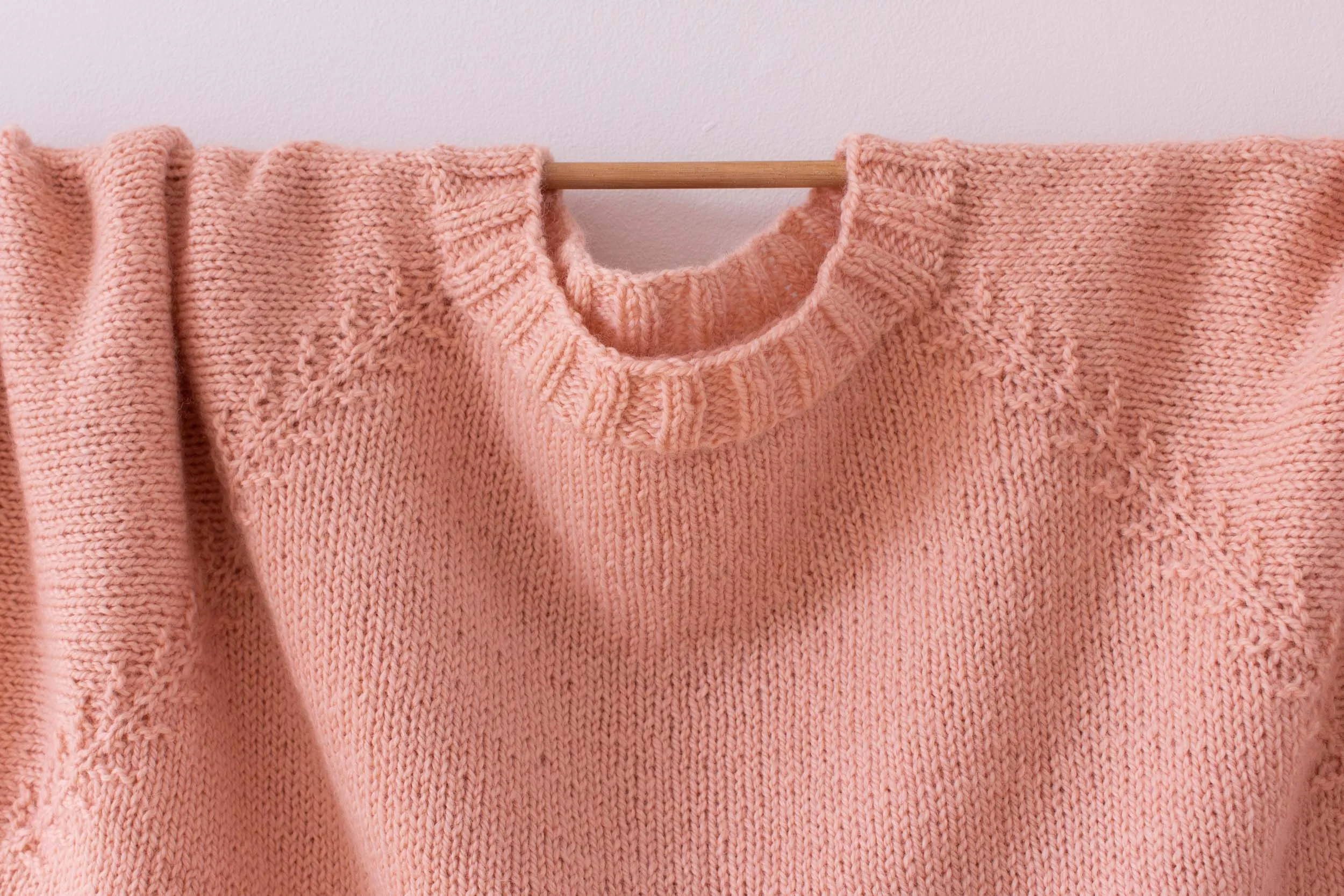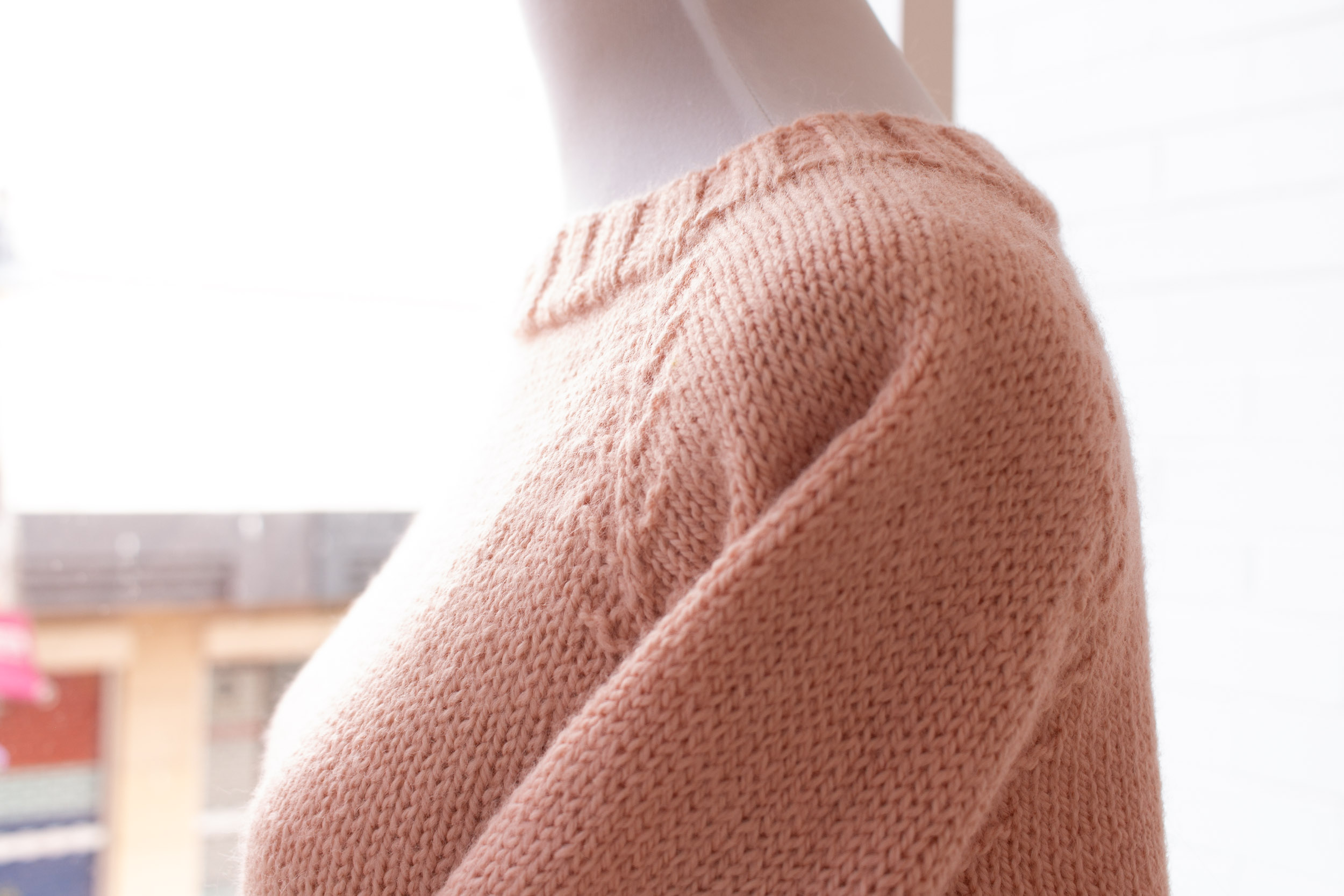Cleckheaton’s Nourish is a stunningly soft 100% Cotton chainette style yarn, sure to become your next spring/summer favourite.
Made in Italy, this yarn has the most luxurious hand feel and is silky soft for next to skin wear.
We’re thinking spring tees, summer singlets and shawlettes in endless variations.
Shop all shades HERE.
Colourways
THE YARN
FIBRE CONTENT: 100% Cotton
NET WEIGHT: 50g (1.7oz)
YARN WEIGHT EQUIVALENT: Worsted / 10 Ply
APPROX. YARDAGE: 100m (109yd)
CONSTRUCTION: Chainette
ORIGIN: Italy
CARE: Cold hand wash
PROJECT SUGGESTIONS
Nourish is suitable for a range of knit and crochet pieces. For project inspiration check out our pattern favourites on RAVELRY.
ABOUT CLECKHEATON
Cleckheaton began its Australian history in 1948, when the Cleckheaton Yorkshire mill, together with managers and mill hands, were transported 20,000 kilometres to Shepparton, Victoria. Cleckheaton has since earned the status as Australia’s premium quality hand knitting brand.


